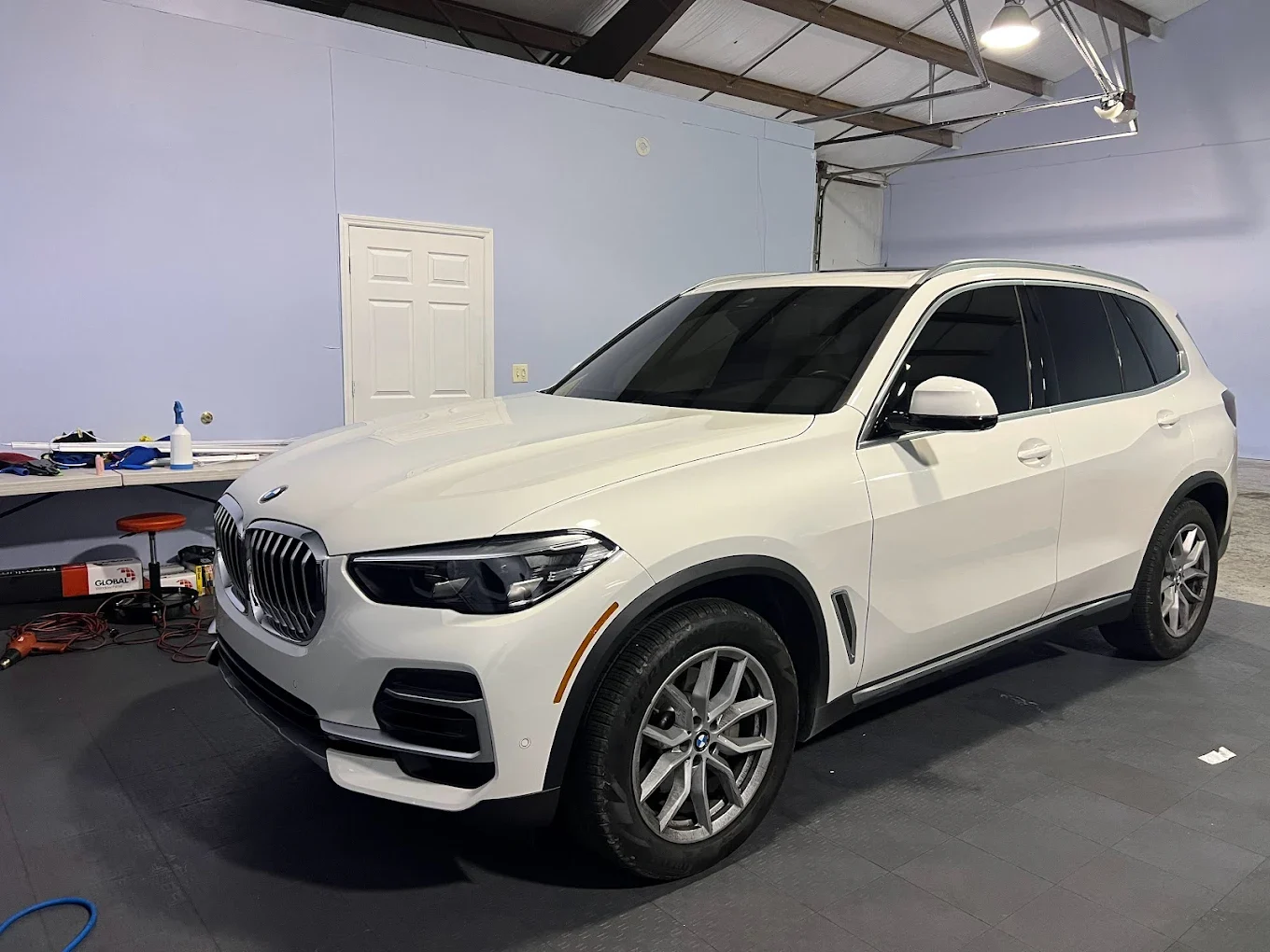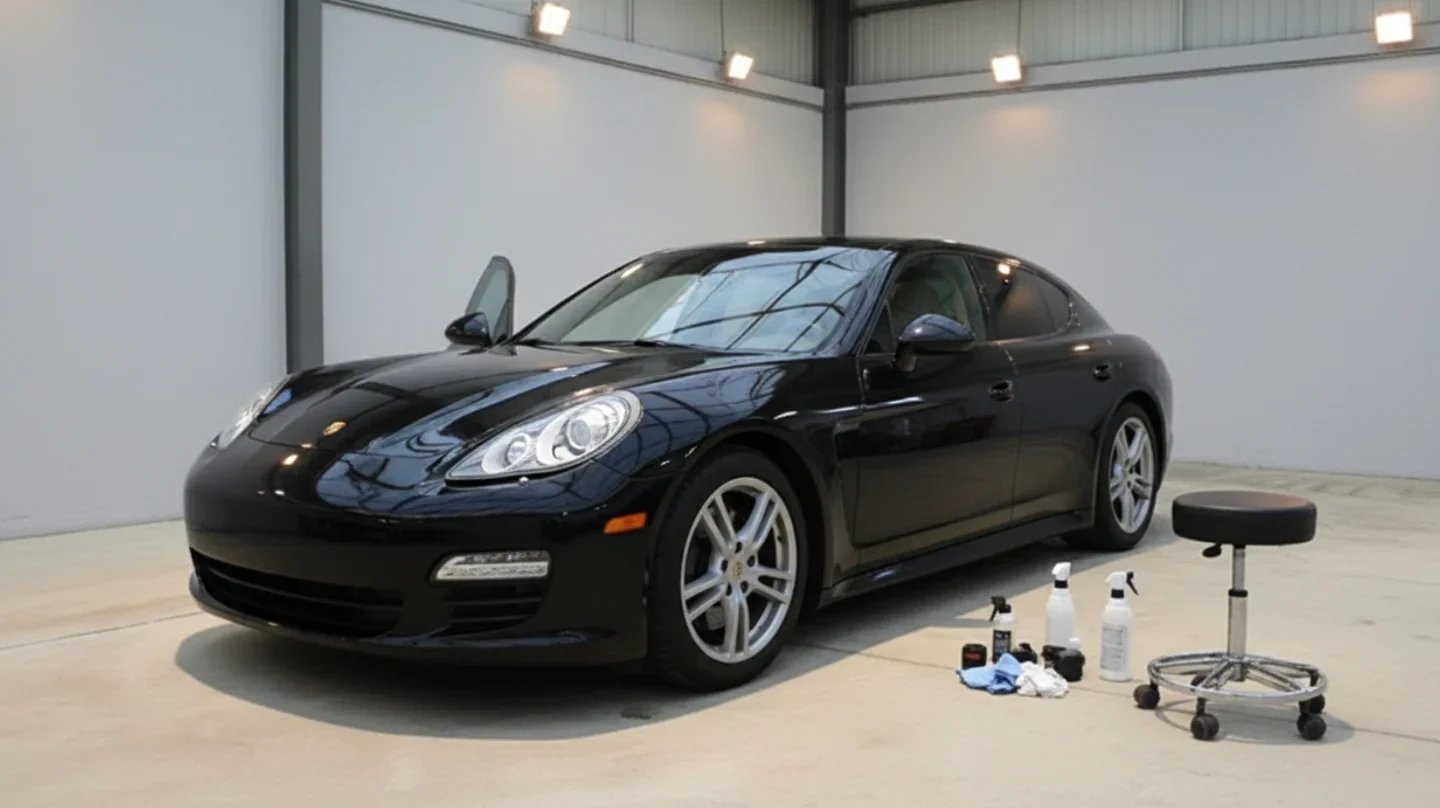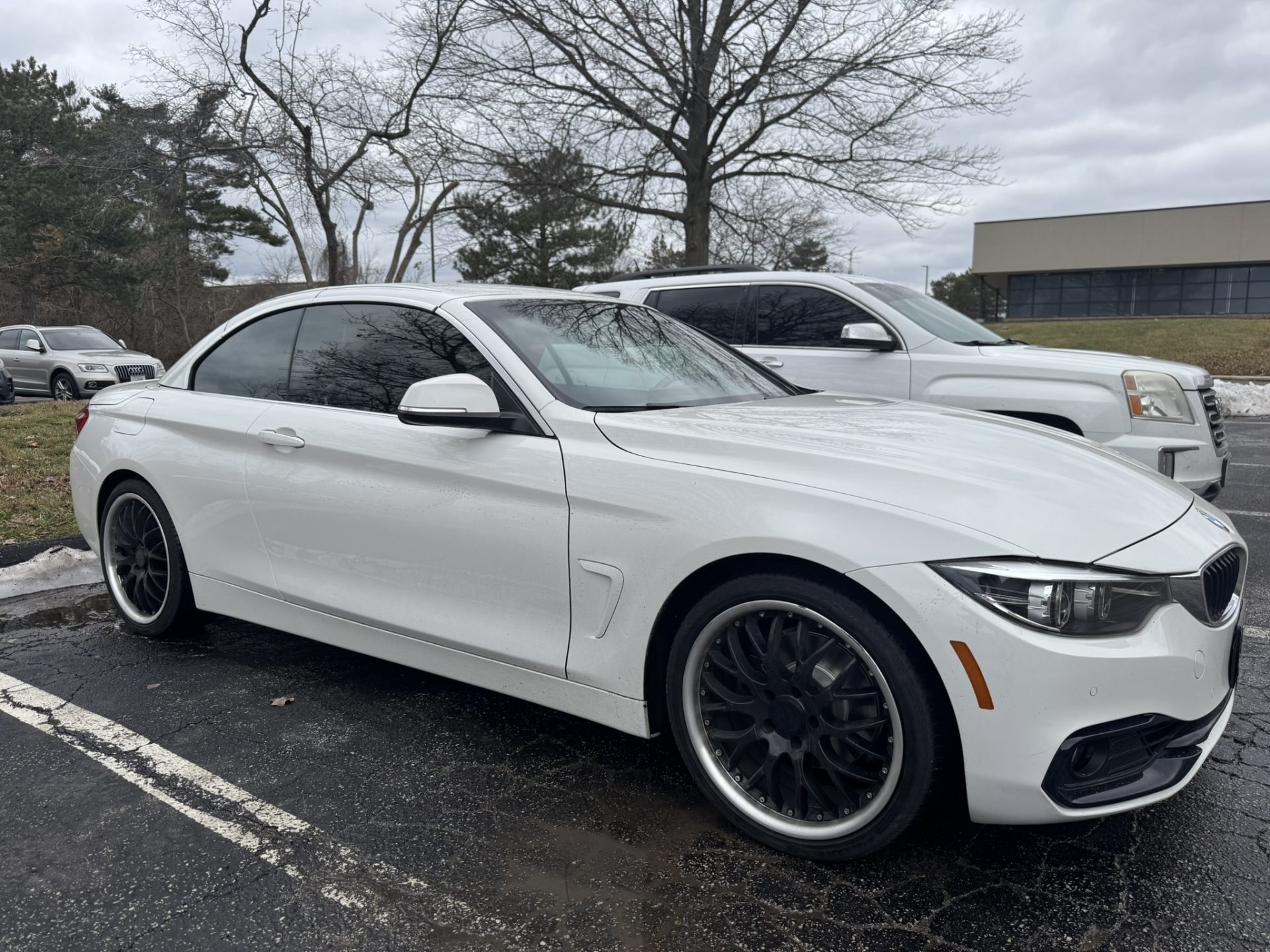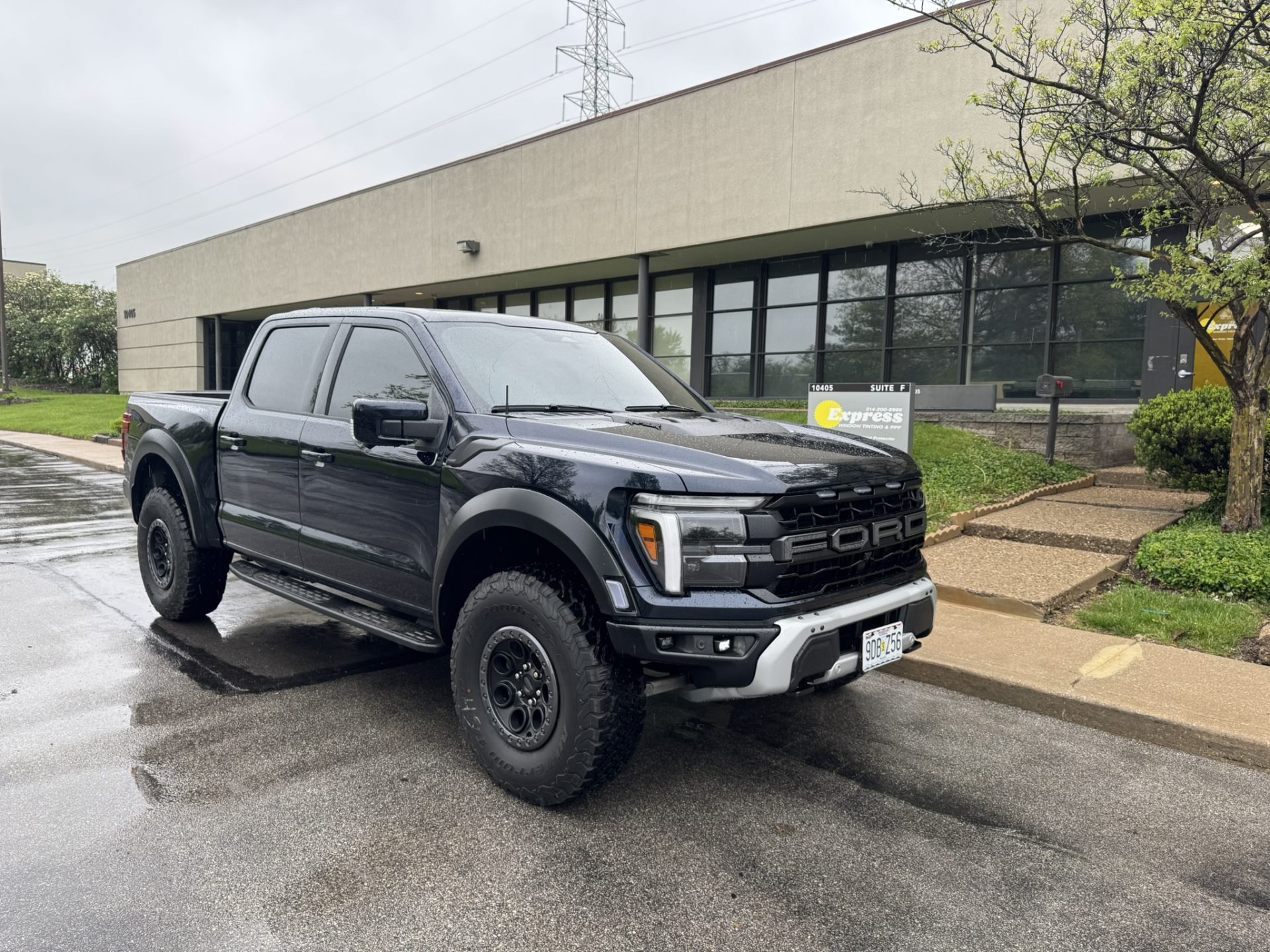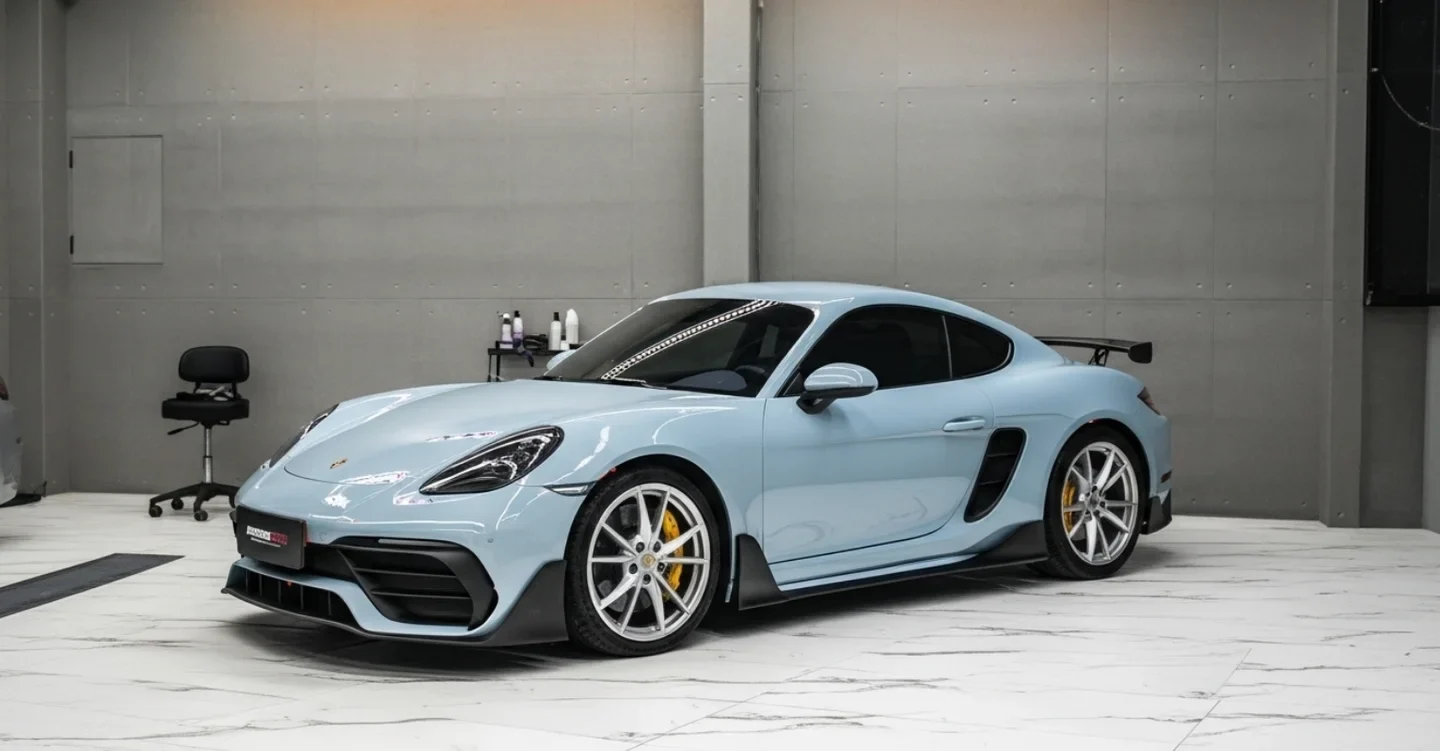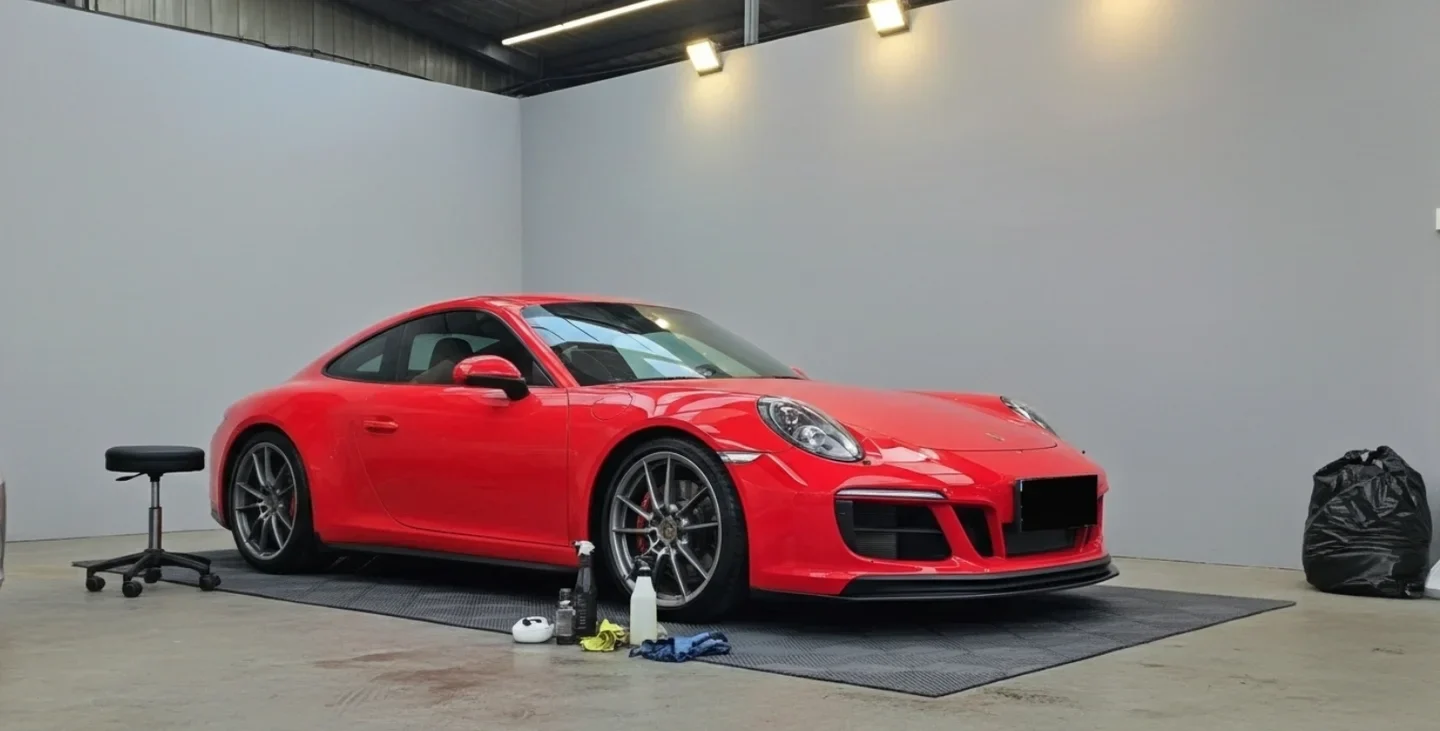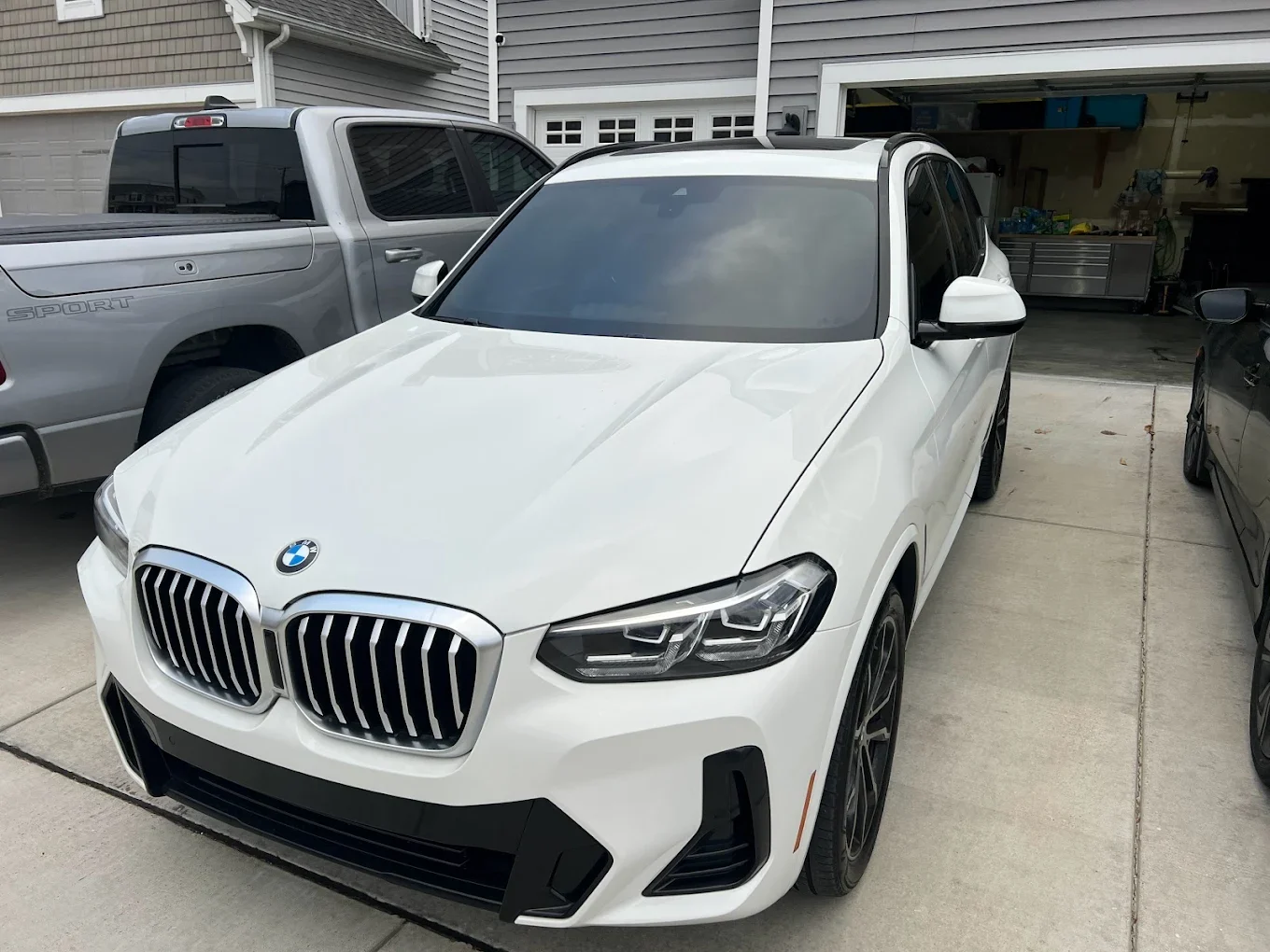Curious about how much Paint Protection Film (PPF) truly costs? Whether you’re safeguarding your daily driver or protecting a high-end luxury vehicle, this in-depth guide breaks down the expenses, from package tiers and materials to installation complexity and ROI. Stick around, and you’ll walk away fully informed.
So, How Much Does Paint Protection Film (PPF) Cost?
While specific quotes vary, here’s a solid ballpark: $1,500 to $9,000+ depending on package and vehicle type. A front-end package—covering the hood, bumper, fenders, mirrors, and headlights—usually ranges between $1,500 and $3,000. If you’re aiming for full-vehicle armor, expect a higher investment of $5,500 to $8,000 or more.
These price ranges reflect a blend of film quality, vehicle size, installer expertise, and complexity. Below, we’ll break down everything so you’re well-prepped for your PPF journey. Let’s dive deeper.
Introduction to Paint Protection Film (PPF)
Paint Protection Film, commonly referred to as PPF, clear bra, or invisible shield, is a durable, transparent urethane layer professionally applied to vulnerable parts of your vehicle. Its primary role? To guard against everyday hazards like:
- Minor scratches & scuffs from keys, brushes, or parking mishaps
- Rock chips caused by gravel, stones, and road debris
- UV rays that fade and oxidize paint over time
Paint Protection Film(PPF), adds another layer of peace of mind: self-healing properties. Heat—whether from the sun or a warm garage—can restore superficial swirls and micro-scratches. This helps preserve your vehicle’s showroom shine and resale value for years.
Different PPF Packages and Their Prices
Protecting your car comes down to how much coverage you want—and how much you want to pay. Here are four primary PPF tiers:
1. Partial Front-End Protection
Covers the most damage-prone areas: bumper corners, hood leading edge, mirrors, and headlights.
Expected Cost: $600–$1,200
2. Full Front-End Coverage
Extends protection across the entire hood, front bumper, full fenders, lights, and mirrors.
Expected Cost: $1,500–$3,000
3. Track or Sport Package
Ideal for performance cars—covers the full front plus rocker panels or door edges to guard against debris from track days.
Expected Cost: $2,000–$4,000
4. Full Vehicle Wrap
Your car gets total coverage—from front to rear, roof to rockers, including lights, pillars, and trunk.
Expected Cost: $5,500–$8,000+
Pro Tip: Assess your driving habits. Daily city drives? Partial cover might suffice. Frequent highway miles or long-term ownership? Full wrap could be worth the spend.
Coverage Levels Explained
| Coverage Tier | Areas Covered | Typical Price | High |
| Basic – Partial Front | Hood edge, bumper corners, headlights, mirrors | $600–$1,200 | Medium |
| Standard – Full Front | Entire hood, bumper, fenders, lights, mirrors | $1,500–$3,000 | |
| Premium – Track Kit | Full front + rocker panels or side skirts | $2,000–$4,000 | |
| Ultimate – Full Wrap | Complete vehicle—including doors, roof, lights, pillars | $5,500–$9,000+ | Low |
Understanding these levels helps you align protection needs with budget. If door dings concern you, full or track kits may be best investments.
Other Factors Affecting the Cost of PPF
Paint film pricing isn’t arbitrary—it reflects underlying variables:
Size and Complexity of the Vehicle
Bigger vehicles or those with curves and creases need more material and labor. A Mercedes S-Class will cost more than a Tesla Model 3 simply due to surface area and panel complexity.
Type and Quality of Film Selected
Reputable films (e.g., XPEL, 3M, SunTek) come at premium prices compared to off-brand, low-cost options. Ceramic-infused versions are pricier but offer self-cleaning hydrophobic benefits.
Installer Expertise and Reputation
A pro installation ensures invisible edges, zero bubbles, and long-term durability. Inexperienced installers may charge less—but risk poor adhesion and uneven results.
Geographical Location
Prices reflect local market conditions. High-end metro areas often carry higher labor costs compared to smaller communities.
Vehicle Condition Pre-Installation
If your car needs paint correction, detailing, or decontaminating before PPF, expect additional prep fees. A clean surface ensures better bonding—but costs extra time.
Design Complexity of the Vehicle Panels
Curvy or sculpted vehicles often require hand-cut film and careful heat work, pushing labor costs higher than on simpler body lines.
Maximizing Your PPF Investment: Long-Term Benefits
PPF isn’t a cost—it’s a smart investment. Here’s why:
- Protects Against Costly Paint Repairs: Chip repairs run $500+ per panel—PPF prevents that altogether
- Keeps Vehicle’s Resale Value: Immaculate paint fetches higher prices and quicker sales
- Reduces Maintenance Needs: Hydrophobic films cut down on waxing, polishing, and cleaning efforts
- Delivers Peace of Mind: No more stressing over debris or accidental scrapes
Think of PPF as paint insurance: upfront cost for long-term savings and stress-free driving.
Choosing the Right PPF Package for Your Driving Needs
- City Commuters with Tight Parking: Partial front-end should do.
- Frequent Highway Users & Travelers: Go for full front or track kits.
- Luxury or High-Mileage Owners: A full vehicle wrap offers the ultimate protection and comfort.
DIY PPF Kits vs. Professional Installation: What You Should Know
Going the DIY route may seem cost-effective, but there are key trade-offs:
DIY Kits:
- Lower Upfront Cost (~30–60% less than pro installs)
- Convenient: Do it at home on weekends
- Learning Curve: Perfect for very flat panels like mirrors or door cups
Downsides of DIY:
- Risk of Mistakes: Bubbles, edges that lift, visual imperfections
- No Warranty: Most DIY films don’t carry manufacturer warranties
- Time-Consuming: What pros can install in hours may take you days
- Limited Coverage: Mostly flat surfaces—complex curves are very tough to handle
Why Professional Installation Pays Off:
- Precision Cutting & Fitment: Pre-cut patterns ensure exact panel coverage
- Seamless Results: No bubbles, no gaps, effectively wrapped edges
- Warranty Protection: Covers material AND labor, ensuring longevity
- Efficiency: Full installs completed quickly in climate-controlled environments
Get a Free Quote with Express Window Tinting & Paint Protection
Ready to shield your ride? At Express Window Tinting & Paint Protection, we offer:
- Certified installers experienced with all vehicle types
- Premium film brands with strong warranties
- Clean, controlled installation facilities
- Transparent, custom quotes with no hidden fees
Submit your request, and we’ll provide you with quote options that match your needs and budget.
Final Summary
To wrap up: PPF pricing varies widely based on coverage level, film quality, vehicle complexity, and installer craftsmanship. Knowing these variables helps you make an informed decision, so you can balance chipped-free paint with smart spending.
The simplest PPF option may cost around $600, but full-body wraps reaching $8,000+ deliver complete paint armor. When paired with a reputable installer, PPF is not just a cosmetic add-on—it’s a protective investment that saves time, money, and headspace in the long run.
At Express Window Tinting & Paint Protection in St. Louis, Missouri, we know that choosing the right Paint Protection Film (PPF) can feel overwhelming—but it doesn’t have to be.
Our easy-to-follow Paint Protection Film Cost Guide breaks down pricing, coverage options, and what really matters when protecting your paint. Whether you’re looking for basic coverage or full-body protection, we’re here to help you make the smart choice—without the pressure.
Frequently Asked Questions (FAQs)
1. Is Paint Protection Film (PPF) worth the cost for daily drivers?
Yes, PPF is absolutely worth the investment for daily drivers. Whether you’re commuting on highways or navigating crowded parking lots, your car faces constant threats like rock chips, bird droppings, and scratches. PPF adds a self-healing, durable barrier that keeps your paint looking new while reducing future repair costs and helping maintain your vehicle’s resale value.
2. What’s the difference between a basic PPF package and a full vehicle wrap?
A basic paint protection film package typically covers the high-impact front areas like the hood edge, front bumper, and mirrors. In contrast, a full-body PPF wrap shields every painted surface of your vehicle, from door panels to rear bumpers. While full wraps cost more, they offer maximum coverage and long-term protection against damage and fading.
3. How long does paint protection film last before needing replacement?
High-quality PPF products—like those from XPEL, SunTek, or STEK—can last 8 to 10 years with proper maintenance. Many top-tier films come with warranties ranging from 7 to 12 years. Longevity depends on environmental exposure, maintenance habits, and the quality of installation.
4. Can I combine ceramic coating with PPF for better protection?
Absolutely. In fact, many car owners choose to pair ceramic coating with PPF for enhanced benefits. PPF offers impact resistance, while ceramic coating adds water repellency, UV protection, and easier cleaning. Some films even come pre-infused with ceramic properties, offering a two-in-one solution.
5. Does the color or finish of the PPF affect the final price?
Yes, the type of finish you choose—gloss, matte, satin, or even color-tinted PPF—can influence the final price. Matte or satin finishes typically cost more due to their specialty nature and installation complexity. Colored PPF (also called fashion film) is an even higher investment because it adds both aesthetic and protective value.
6. How is PPF pricing calculated for luxury or exotic vehicles?
For luxury and exotic cars, PPF pricing increases due to the vehicle’s complex contours, paint type, and rarity.At Express Window Tinting & Paint Protection, we understand that More intricate body panels require precise application, often done by senior installers. Also, exotic vehicles often use softer or custom paint finishes, which need careful handling and customizdd PPF solutions—thus raising material and labor costs.


